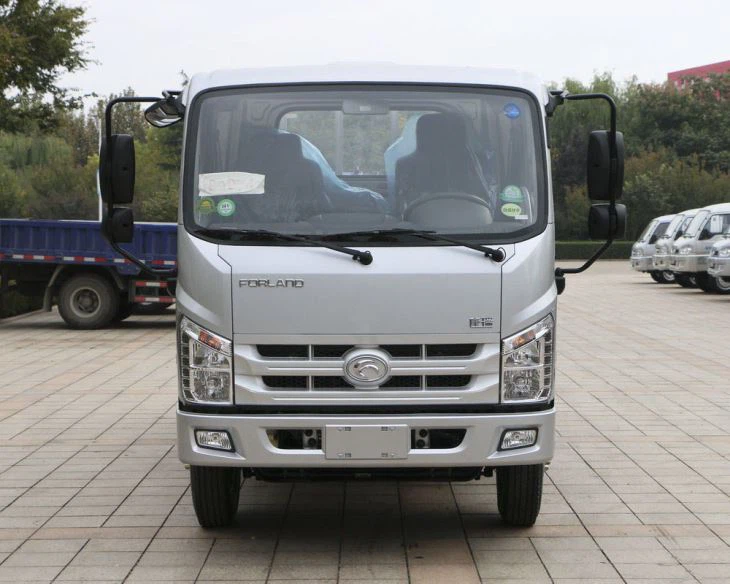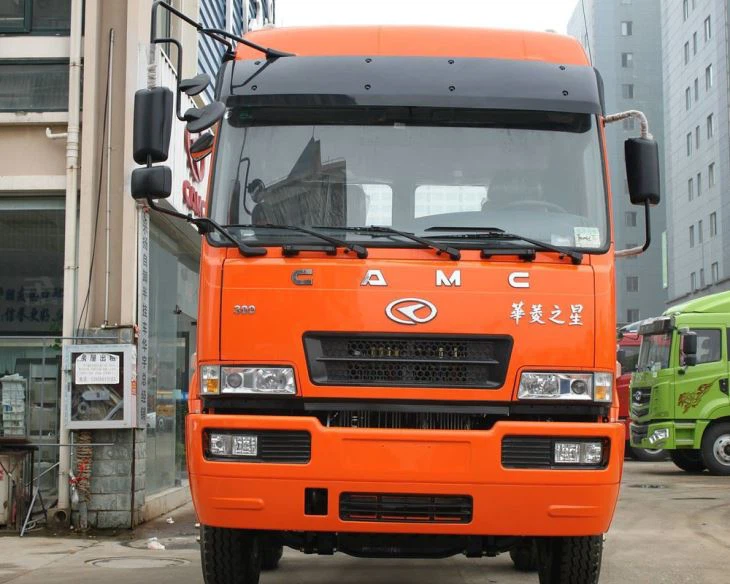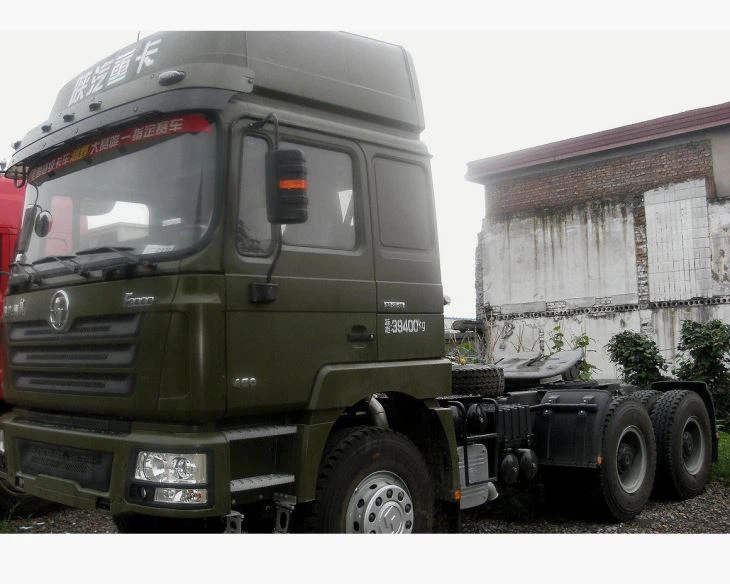Comprehensive Guide to International 4700 Specifications

Introduction

The International 4700 is a versatile truck that has been pivotal in various commercial applications. Known for its robustness and reliability, the International 4700 boasts impressive specifications that cater to both urban and heavy-duty transportation needs. This article delves into the complete specifications of the International 4700, highlighting its features, performance capabilities, and more, to provide a thorough understanding for potential buyers and current owners alike. Whether you’re looking to purchase a new truck or are simply curious about this model, this guide serves as a valuable resource.
1. Overview of the International 4700
The International 4700 truck was first introduced in the 1990s and is known for its durability and adaptability. It is primarily used for medium-duty applications, making it suitable for a variety of industries such as construction, delivery, and even waste management. The robust chassis can support different types of bodies, ranging from flatbeds to box trucks, which has made it a popular choice among fleet operators.
1.1 Key Features
- Powerful engine options
- Customizable configurations
- Enhanced safety features
- Comfortable cabin amenities
1.2 Typical Applications
The International 4700 is widely used for:
- Freight Transport
- Construction Hauling
- Municipal Services
- Refrigerated Goods Delivery
2. Engine Specifications
The engine is one of the most crucial components of the International 4700. It impacts overall performance, fuel efficiency, and the truck’s ability to handle heavy loads.
2.1 Engine Options
| Engine Option | Horsepower (HP) | Torque (lb-ft) | Fuel Type |
|---|---|---|---|
| International DT466E | 210 – 250 | 560 – 700 | Diesel |
| IC Bus Diesel | 250 | 660 | Diesel |
2.2 Performance Considerations
The different engine options also influence performance. For example, the DT466E engine is highly regarded for its balance between power and fuel efficiency, making it a popular choice for both delivery and construction work.
3. Transmission Options
The International 4700 provides various transmission options to meet specific driving needs.
3.1 Manual vs. Automatic
- Manual Transmission: Typically a 5 or 6-speed configuration, offering better control for heavy hauling.
- Automatic Transmission: Enhances ease of driving, especially in urban environments, making it ideal for delivery services.
4. Dimensions and Weight Capacity
Understanding the dimensions and weight capacity of the International 4700 is essential for ensuring it meets your business’s requirements.
| Specification | Dimension |
|---|---|
| Overall Length | Approximately 24 – 30 feet |
| Wheelbase | Customizable (Sendsatively from 194 inches to 272 inches) |
| GVWR | Up to 33,000 lbs |
| Payload Capacity | Varies based on configuration (typically around 15,000 – 20,000 lbs) |
4.1 Customization
Buyers can select different wheel sizes and bed lengths to best suit their operational requirements, thus enhancing the truck’s versatility.

5. Safety Specifications
Safety is a paramount aspect of any vehicle, especially when used for commercial purposes.
5.1 Standard Safety Features
- Anti-lock braking system (ABS)
- Driver and passenger airbags
- Stability control systems
5.2 Optional Safety Features
Some optional advanced safety features include rear-view cameras and collision avoidance systems that significantly enhance safety measures.
6. Interior and Comfort Features
The cabin of the International 4700 is designed with both functionality and comfort in mind.
6.1 Cabin Configurations
- Day Cab: Ideal for short routes and local deliveries.
- Sleeper Cab: Offers overnight accommodations for long-haul drivers.
6.2 Comfort Amenities
Features such as ergonomic seating, climate control, and advanced audio systems contribute to a comfortable driving experience.
7. Fuel Efficiency and Maintenance
Maintaining fuel efficiency is essential for reducing operational costs over time.
7.1 Average Fuel Consumption
The International 4700’s fuel consumption can average between 10-14 miles per gallon, depending on load density and driving conditions.
7.2 Maintenance Tips
- Regularly schedule oil changes to maintain engine health.
- Inspect tires and brakes regularly for safety and performance.
- Keep the cooling system clean to prevent overheating.
8. Pricing and Availability
The pricing for the International 4700 depends on various factors including condition (new vs. used), configuration, and additional features.

8.1 Average Market Pricing
| Condition | Average Price |
|---|---|
| New | $50,000 – $85,000 |
| Used (2010-2020) | $25,000 – $45,000 |
9. FAQs
9.1 What is the maximum towing capacity of the International 4700?
The maximum towing capacity of the International 4700 can vary based on the configuration but typically ranges from 10,000 to 20,000 lbs.
9.2 How often should I service the International 4700?
It’s recommended to service the International 4700 every 5,000 to 7,500 miles or at least once a year, depending on usage.
9.3 What are the available body options for the International 4700?
The International 4700 can be configured with various body types including flatbed, box van, and dump bed, tailored to specific needs.
9.4 Are there financing options available for the International 4700?
Yes, many dealerships offer financing programs that can help ease the purchasing process.
9.5 Is the International 4700 suitable for off-road use?
While the International 4700 is primarily designed for on-road use, certain configurations with proper tires and suspension may enable limited off-road performance.
9.6 How do I find parts for the International 4700?
Parts for the International 4700 can typically be found through authorized dealers, online retailers, or aftermarket suppliers specializing in heavy-duty trucks.
